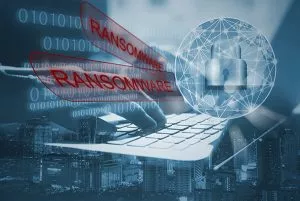Ransomware attacks against local governments are on the rise. From schools to police forces, many different types of crucial public sector organizations have been targeted over the past several years. In 2019 alone, more than 70 known cyberattacks on government institutions have taken place. The 2019 State of Cybersecurity Study found that, even when disclosure is mandated by law, some institutions don’t report attacks or breaches. So, it’s likely that the actual number of attacks is much higher.
With the rise of attacks targeting governments, here are a few ways public sector organizations can protect themselves from a cyberattack and handle one effectively should prevention techniques fail.
Datto's Global State of the Channel Ransomware Report 2019 revealed that the most successful technique for mounting a cyberattack is planting ransomware in phishing emails. An unsuspecting employee who opens a phishing email then becomes the catalyst for the attack. This is why education is a vital component of a governmental organization’s prevention strategy. Employees must have a proper understanding of how to keep their computers protected from a potential attack and how to spot a potentially dangerous email. It is also essential to continue to share resources with employees and hold training sessions on an ongoing basis. Hackers continuously adapt their attack methods to overcome the latest safeguard technology—we should all be adapting our skills, too.
Be Proactive With Preventive Measures
As is often the case, the best form of protection is prevention. This means setting up proper safeguards to stop an attack before it has a chance to infect even a single computer. The FBI has several suggestions for effectively implementing a prevention strategy. It starts with basic security measures that go a long way. Public sector organizations that deal with sensitive information should have strong spam filters, firewalls to guard against malicious IP addresses, processes for operating system patches and updates, and next-generation antivirus software in place. It’s not enough to simply install and implement these safeguards and then forget about them. Instead, prevention measures must be continuously tested and optimized to ensure that data continues to be safeguarded.Education is a Key Component of Prevention
